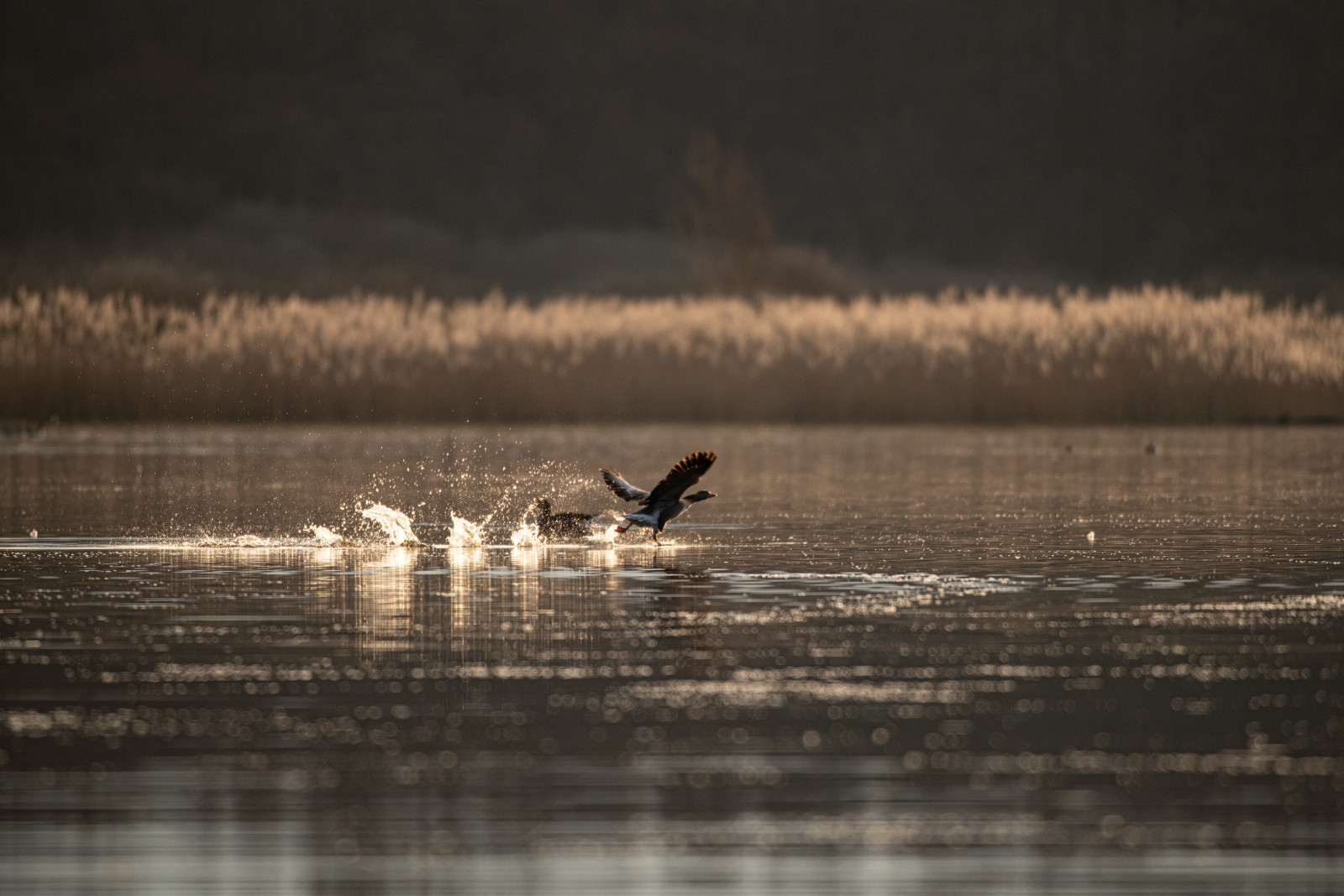Beschreibung
Teiche Riddagshausen is the largest nature reserve in the city of Braunschweig. The area, which is characterized by extensive pond and reed beds, meadows and pastures as well as near-natural deciduous forests, covers an area of about 526 hectares. The diverse range of large and small waters, reed beds, marshy areas and wet meadows provides habitat for a variety of bird species, but also for fish, amphibians and dragonflies. The old oak stands provide food and shelter, especially for woodpeckers. An important nature conservation goal is the preservation of the extensive and structurally rich reed beds for birds like Rohrdommel, Wasserralle, Tüpfelsumpfhuhn and Rohrschwirl. Other birds you can encounter are Löffelente, Knäkente, Krickente, Kolbenente, Tafelente, Reiherente, Kiebitz, Rotmilan, Rohrammer, Mittelspecht and Kleinspecht.
Details
Zugang
The visitor Center Haus Entenfang is located in the Riddagshausen nature reserve and can be reached from Ebertallee via the Nehrkornweg after 200m on foot or by bike. Parking is available on Ebertallee. Click on a P in the map to get directions. The circular walk indicated on the map is 6 km long and passes a bird observation platform and several ponds.




